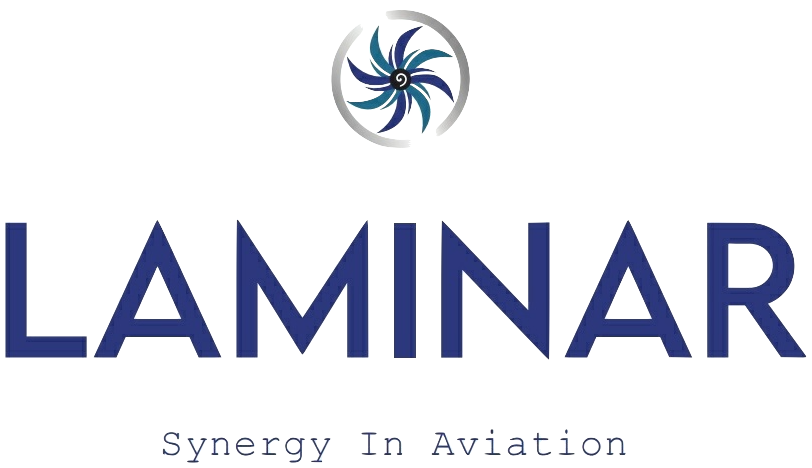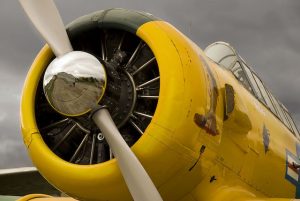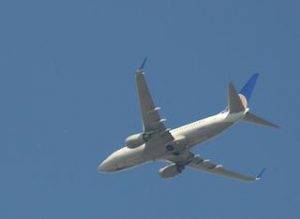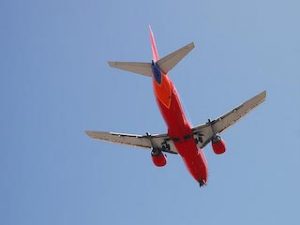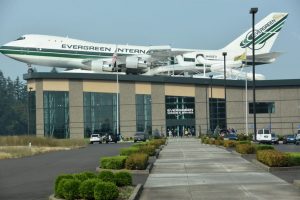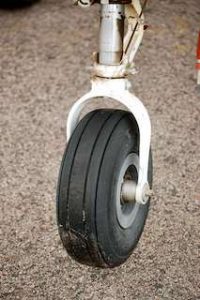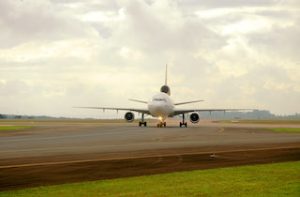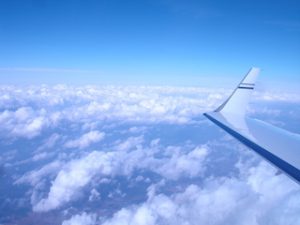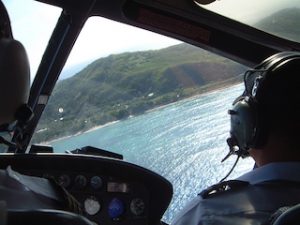Jet Price In Private Aviation Industry
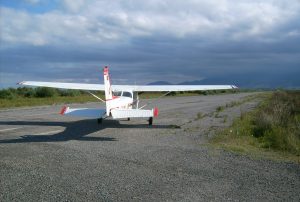 Owning a private jet offers unmatched convenience and luxury. However, jet prices can vary widely based on several factors. The costs involved go far beyond the initial purchase price. Understanding the different price points in the market and the factors influencing them is key for potential buyers.
Owning a private jet offers unmatched convenience and luxury. However, jet prices can vary widely based on several factors. The costs involved go far beyond the initial purchase price. Understanding the different price points in the market and the factors influencing them is key for potential buyers.
Basics of jet price
Jet price varies greatly depending on the type of aircraft, size, model, and features. A new private jet typically costs anywhere from $2 million to more than $70 million. Light jets and smaller aircraft are on the lower end of the price spectrum. Larger, more luxurious jets, especially those designed for long-range travel, come with a significantly higher price tag.
Private jets can be classified into various categories. The cost of each depends on the size, performance capabilities, and luxury features offered. From small single-engine turboprops to large long-range jets, there’s a significant price range across all options.
Factors affecting jet price
Several factors influence the price of a private jet. Understanding these factors helps buyers make an informed decision. Here are the primary considerations that drive the cost of a jet:
- Aircraft type: Light jets, mid-size jets, heavy jets, and ultra-long-range jets all have different price points. Light jets cost less, while heavy jets and long-range jets can cost tens of millions of dollars.
- Brand and model: The brand and model play a huge role in determining the price. Well-known manufacturers like Gulfstream, Bombardier, and Dassault typically produce higher-end jets, which come at a premium.
- New vs. pre-owned: New jets are always more expensive than used ones. A brand-new jet costs more due to the cost of production, customization, and the latest technology. Pre-owned jets may offer significant savings, but they come with their own risks.
- Age of the jet: Older jets tend to be cheaper than newer ones. However, older jets may have higher maintenance costs, which could increase the overall cost of ownership.
- Size and capacity: Larger jets that accommodate more passengers generally cost more. In addition to seating, the space available for luggage and amenities impacts the price.
- Technology and features: Jets equipped with advanced avionics, luxurious interiors, and high-tech systems tend to be more expensive. Customisations and luxury features can significantly raise the cost of a jet.
- Performance and range: The longer the range and the higher the performance specifications, the higher the price. Jets with longer endurance and higher speeds typically come with a premium.
Understanding these factors is vital to determining the true cost of owning a private jet.
Types of jets and their prices
Jets come in various sizes and categories, each with a distinct price range. Below are some examples of different jet types and their typical prices:
1) Light jets
Light jets are compact aircraft designed for short to medium-range flights. They usually seat up to 6 passengers and have a range of approximately 1,200 to 2,500 miles. These jets are ideal for business trips or quick getaways.
-
- Example models: Cessna Citation Mustang, Embraer Phenom 100, and Hawker 400XP.
- Price range: A new light jet can cost between $2 million and $8 million. Pre-owned light jets typically cost between $1.5 million and $5 million.
2) Midsize jets
Midsize jets are a step up from light jets, offering more space, a longer range, and more passenger capacity. They are designed for both business and leisure travel over medium distances. These jets typically seat between 7 and 9 passengers.
-
- Example models: Cessna Citation XLS, Learjet 60, and Hawker 800XP.
- Price range: New midsize jets generally cost between $6 million and $15 million. Used models may range from $2 million to $10 million.
3) Heavy jets
Heavy jets are larger aircraft with a longer range and higher capacity. These jets are ideal for long-haul international flights. They can carry between 10 and 18 passengers and have a range of up to 6,000 miles.
-
- Example models: Gulfstream G550, Bombardier Global 6000, and Dassault Falcon 2000.
- Price range: New heavy jets typically cost between $25 million and $60 million. Pre-owned models may be available from $15 million to $40 million.
4) Ultra-long-range jets
Ultra-long-range jets offer the highest performance and the most luxurious features. These jets can fly more than 7,000 miles without refueling and can comfortably carry large numbers of passengers. Ultra-long-range jets are used for intercontinental travel and offer the highest levels of luxury and comfort.
-
- Example models: Gulfstream G650, Dassault Falcon 7X, and Bombardier Global 7500.
- Price range: New ultra-long-range jets can cost anywhere from $60 million to over $75 million, depending on the model and features.
Additional costs of owning a jet
Owning a private jet goes beyond the initial purchase price. Several other expenses are associated with jet ownership. These include:
- Maintenance costs: Regular maintenance is necessary to ensure the safety and functionality of the aircraft. Routine checks and inspections, as well as necessary repairs, can add up to a significant expense over time. Maintenance costs range from $100,000 to $500,000 annually, depending on the jet’s size and age.
- Insurance: Insurance is another major expense when owning a jet. The cost depends on the value of the aircraft, its usage, and the owner’s flight history. On average, jet insurance can cost between $20,000 and $100,000 annually.
- Crew salaries: If you hire a full-time pilot or crew, their salaries will add to the operational costs. A commercial pilot’s annual salary can range from $70,000 to $200,000, depending on the experience level and the jet’s complexity. Some owners may also hire a flight attendant, which adds another salary to consider.
- Fuel: Fuel is one of the most significant operational costs for a jet. The cost of jet fuel can vary based on location, fuel type, and jet usage. On average, private jets consume 150 to 500 gallons of fuel per hour. Fuel costs can add between $300,000 and $500,000 annually for regular users.
- Hangar and storage fees: Storing a jet at an airport or private hangar also incurs costs. Hangar fees can vary depending on location, ranging from $1,000 to $10,000 per month. Some airports may charge additional fees for landing, parking, and airport services.
- Depreciation: Like any other asset, jets depreciate over time. This means that the resale value of a jet will likely decrease as it ages. However, well-maintained jets can hold their value better than others, depending on brand, model, and market demand.
Cost of chartering a jet
For those who do not wish to own a jet but still want to enjoy the benefits of private air travel, chartering is a viable option. Chartering allows individuals and businesses to rent a jet for specific trips without the long-term costs of ownership.
Charter prices vary based on the type of jet, flight duration, and other factors. Light jets typically cost between $2,000 and $5,000 per hour, while larger jets can cost between $7,000 and $15,000 per hour. Chartering offers flexibility and luxury without the ongoing financial commitments that come with ownership.
Financing options for purchasing a jet
Many buyers choose to finance their jet purchase through loans or leasing options. Several financial institutions offer specialized jet financing that allows buyers to spread out the cost of the aircraft over time. Financing terms can vary depending on the buyer’s creditworthiness, the value of the jet, and the duration of the loan.
Lease options are also available, allowing buyers to pay a monthly fee to use the jet for a fixed period. At the end of the lease term, the lessee may have the option to purchase the jet.
Trends and influences
The private jet market is affected by several economic and geopolitical factors. Changes in global wealth, oil prices, and travel regulations can impact jet prices. Additionally, the increasing popularity of sustainable aviation fuels (SAF) and eco-friendly jets is pushing the industry towards more environmentally-conscious aircraft designs, which could influence future jet prices.
The market for pre-owned jets has also seen significant growth. Buyers can often find jets at a fraction of the cost of new models, depending on the aircraft’s age, condition, and demand.
Jet price and its long-term value
The cost of owning a jet is a significant investment. However, it can offer substantial long-term value in terms of time savings, convenience, and the ability to travel to destinations that commercial airlines cannot reach. Additionally, private jet ownership provides flexibility and a high level of privacy and comfort, making it an appealing choice for frequent travelers and businesses.
While the initial price tag can be steep, many owners find that the advantages of having access to a private jet outweigh the financial commitments. For those looking to enter the market, pre-owned jets offer an affordable way to experience private aviation without the upfront cost of a new jet.
Future of jet price and private aviation
The private aviation industry continues to evolve, with a growing trend towards sustainability and innovation. New technologies, such as electric and hybrid-electric jets, may reduce operational costs and influence the overall price of jets in the future. As demand for private aviation rises and new models are introduced, the cost of jets may become more accessible to a broader range of buyers.
For now, private jets remain a symbol of luxury and efficiency, providing a high level of service for those who can afford the price.
